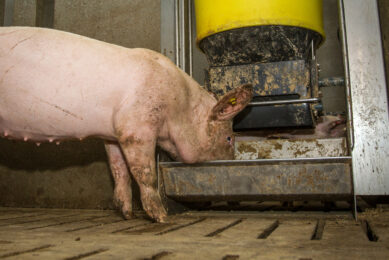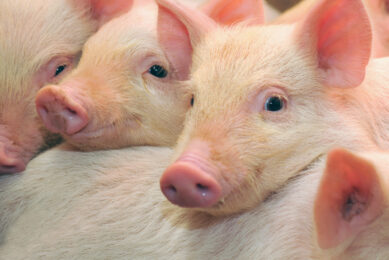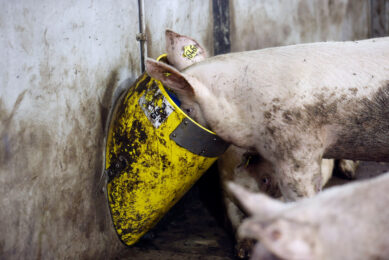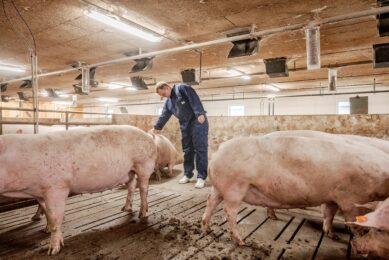Phosphorus
Why life would ever be easy, right? Not only cereal prices are high, and according to Rabobank they are going to remain up there for quite sometime now, but phosphate prices have recently skyrocketed. If feed cost was high before, it is becoming increasingly prohibiting for many producers to continue operations now, even at some loss. So, action must be taken!
Why life would ever be easy, right? Not only cereal prices are high, and according to Rabobank they are going to remain up there for quite sometime now, but phosphate prices have recently skyrocketed. If feed cost was high before, it is becoming increasingly prohibiting for many producers to continue operations now, even at some loss. So, action must be taken!
Here is a short list of ways to reduce the impact of high phosphate prices.
Re-evaluate specifications
Under normal conditions, most diets are slightly (or why hide it, even grossly) overformulated to allow for a safety margin. But, when pigs are sold below cost, it is high time to trim these margins!
According to National Research Council (1998), which is considered the authority in minimal nutrient levels required for satisfactory performance, phosphorus levels could be as low as presented in the following table.
Stricter levels are possible and indeed used in the field, but for such aggressive measures it is best to consult with a qualified nutritionist, who can evaluate the whole nutrition program in coordination with your genetics, management, ingredients used, and slaughterhouse requirements.

Use phytase
There was a time when the use of phytase cost pretty much the same as the use of inorganic phosphates. How things have changed! Today, even double doses of phytase save on feed cost!
The normal dosis of phytase (350-500 units per kg complete feed, depending on the manufacturer), provides around 0.08% available phosphorus, and about 0.05% total calcium.
A second dosis of phytase is most likely to provide as much as 50% of phosphorus and calcium as the first one (non-linear response). More than that usually elicits no further responses. Your supplier should be able to give you more specific details for the exact product you use!
Reduce calcium
It is amazing in how many premixes and concentrates calcium carbonate (or limestone) is used as a carrier and/ or flow enhancer. In many cases, it is even added in soybean meal at the processing plant.
Thus, it is not surprising that most pig diets contain as much as 0.2% or even more calcium when they are actually analyzed. If this is the case, then reducing calcium to more normal levels will ensure a better utilisation of phosphorus (calcium tends to reduce phosphorus availability, especially when the latter’s concentration in the formula is marginal). So, check calcium levels in your complete feed!
Acids
If diets already contain organic acids, then there is room to further reduce phosphorus specifications, because many acids have been shown to enhance its availability.
To this end, it is best to discuss this with your supplier for a more specific value to place on the acids, or blends of them, used in your formulas.











